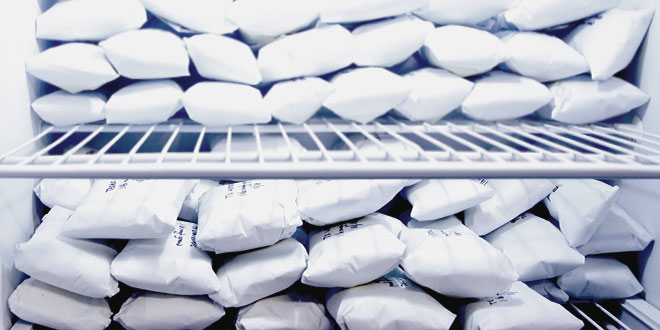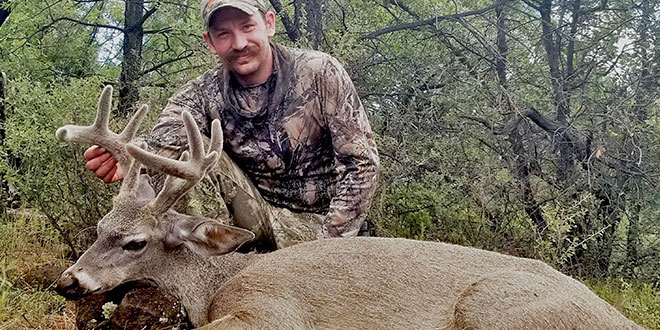As I packed the quarters of my Coues buck up the last ridge to my Jeep I was glad that I wasn’t packing out an elk.
Coues deer aren’t large animals but I sure didn’t want to pack anything heavier up that slope. I started to think about the task before me of processing all that venison and the healthy meals that would follow in the coming months.
As I walked, I began to wonder how much my buck weighed. Growing up in the south, harvested deer were often weighed at a deer check station, so I knew exactly the field-dressed weight of my buck. Since moving out west, most of my harvests have been quartered out and packed back to a vehicle; therefore, I have to rely on averages. Coues deer, a small sub-species of white-tailed deer, have a live weight of 80 to 100 pounds on average for bucks. In comparison, the average mule deer buck weighs between 200 and 250 pounds and adult bull elk will range up to 700 to 750 pounds.
I stopped for a short breather and I wondered how much meat I should expect to get from my harvest. Two recent studies, published in the University of Wyoming bulletins The Mule Deer Carcass and The Elk Carcass, looked at the average boneless lean meat obtained from six mule deer bucks and six bull elk, respectively. They found that for mule deer, the boneless lean yield averaged 48 percent of the actual field-dressed weight or 34 percent of the estimated whole deer weight and that for bull elk the boneless lean yield averaged 50 percent of the actual skinned carcass weight or 30 percent of the estimated whole elk weight.

It is important to note that the total amount of edible meat will decrease if trim is discarded due to shot placement or meat cleanliness and care in the field. Likewise, the total yield will increase if beef or pork fat is added to ground meat, if the meat is turned into sausage and similar products or if additional organ meat is kept.
I continued my hike upward and started to wonder just how healthy venison really is. According to the Wyoming bulletins and additional studies, mule deer buck venison averages 222 calories per 100 grams or, if all fat was trimmed and removed, 120 calories per 100 grams. In comparison, bull elk meat averaged 155 calories per 100 grams or, if all fat was trimmed and removed, 111 calories per 100 grams. Fat percentages were higher for mule deer bucks than bull elk, with 10.6 percent fat for mule deer bucks and 4.5 percent fat for bull elk. These percentages are further reduced for lean-only meat with 2.4 percent fat for mule deer and 1.4 percent fat for elk. Elk meat was found to have the same amount of connective tissue as beef and lamb while deer meat was found to have lower levels of connective tissue than domestic meats. Both elk and deer venison were found to be higher in protein and moisture and lower in fat and calories than domestic meats.
When I finally had my Jeep in view, the sunset was slowly disappearing on the horizon. I was tired but it had been a really great hunt. And while there was quite a bit of work ahead of me, I was excited to start processing my own very healthy and locally harvested venison.

 New Mexico Wildlife magazine Conserving New Mexico's Wildlife for Future Generations
New Mexico Wildlife magazine Conserving New Mexico's Wildlife for Future Generations
